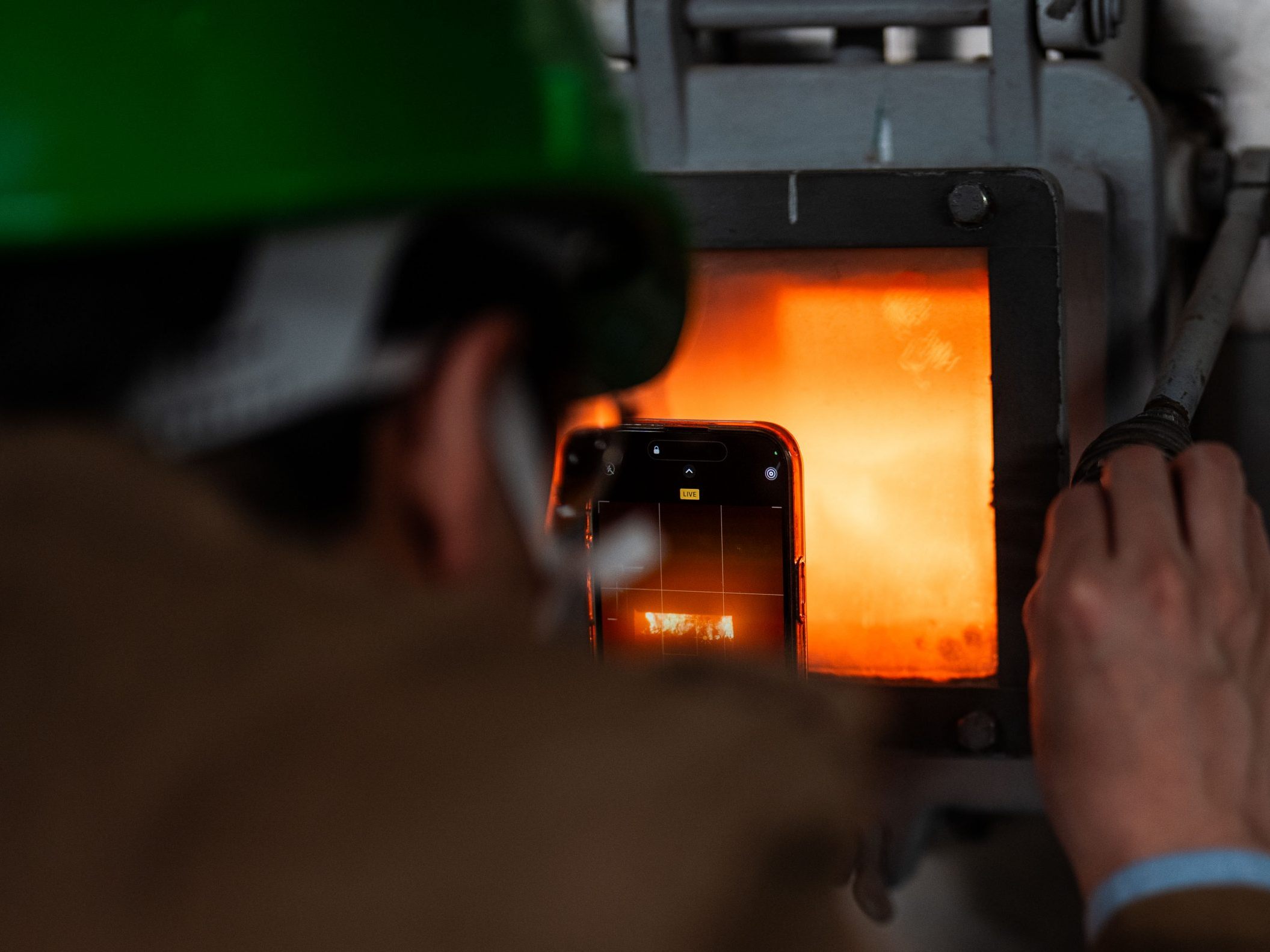District Heating Beats Heat Pumps in New Buildings

In Austria, more than half of the new buildings were equipped with district heating between 2022 and 2024 - a good quarter (27 percent) with heat pumps. Gas played only a minor role with 12 percent, as an analysis by the real estate data specialist Exploreal showed. The study commissioned by ImmoScout24 also showed that 16 percent of respondents would prefer wood or biomass as a heating method if they had the choice.
"Sustainable Course Setting"
The share of heat pumps in new buildings increased significantly between 2022 and 2024. While in 2022 one-fifth (20 percent) of new buildings were equipped with heat pumps, by 2024 it was already nearly one-third (32 percent). At the same time, the gas share in new buildings decreased from 17 percent in 2022 to 5 percent in 2024. Upper Austria and Vorarlberg had the largest gas share in new buildings, each with 19 percent, according to the evaluation by Exploreal and the Austrian Energy Agency of the "Building Report 2025" from the Ministry of Infrastructure. The Austria Managing Director of ImmoScout24, Markus Dejmek, calls the trend towards district heating and heat pumps a "sustainable course setting for the future."
District Heating Popular in Vienna
Differences between the federal states can be seen in the preferred energy sources. In Styria, Carinthia, Salzburg, and Vienna, district heating dominates, whereas in Vorarlberg, Burgenland, and Tyrol, a high proportion of heat pumps is evident. In Vorarlberg, for example, more than half of the respondents (53 percent) would prefer the heat pump if they had to choose a heating method again. In Styria, only a quarter (25 percent) would choose a heat pump.
Across Austria, 24 percent of respondents name geothermal and district heating as their preferred heating method, followed by district heating with 21 percent and wood, biomass, and pellets with 16 percent.
(APA/Red)
This article has been automatically translated, read the original article here.





